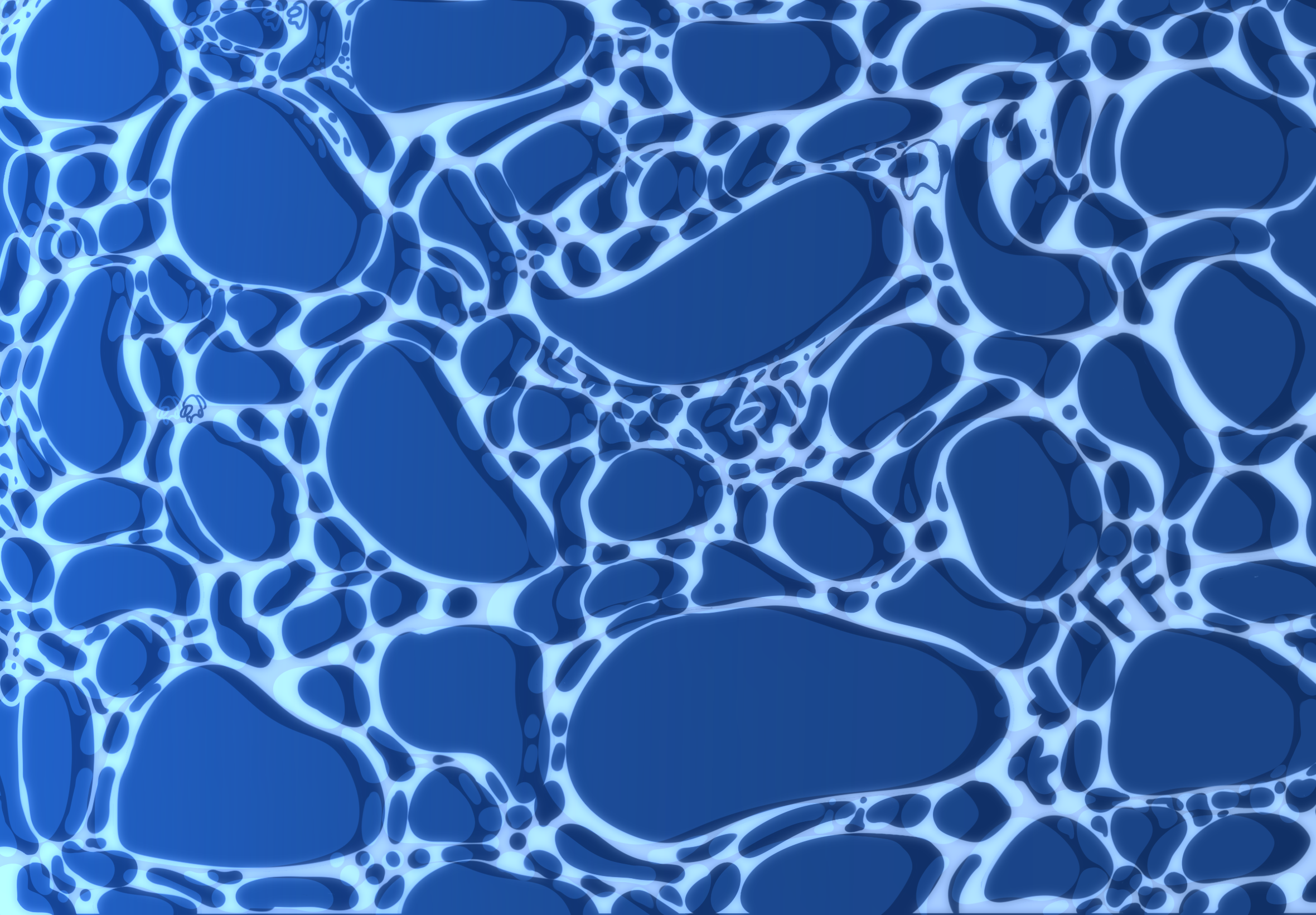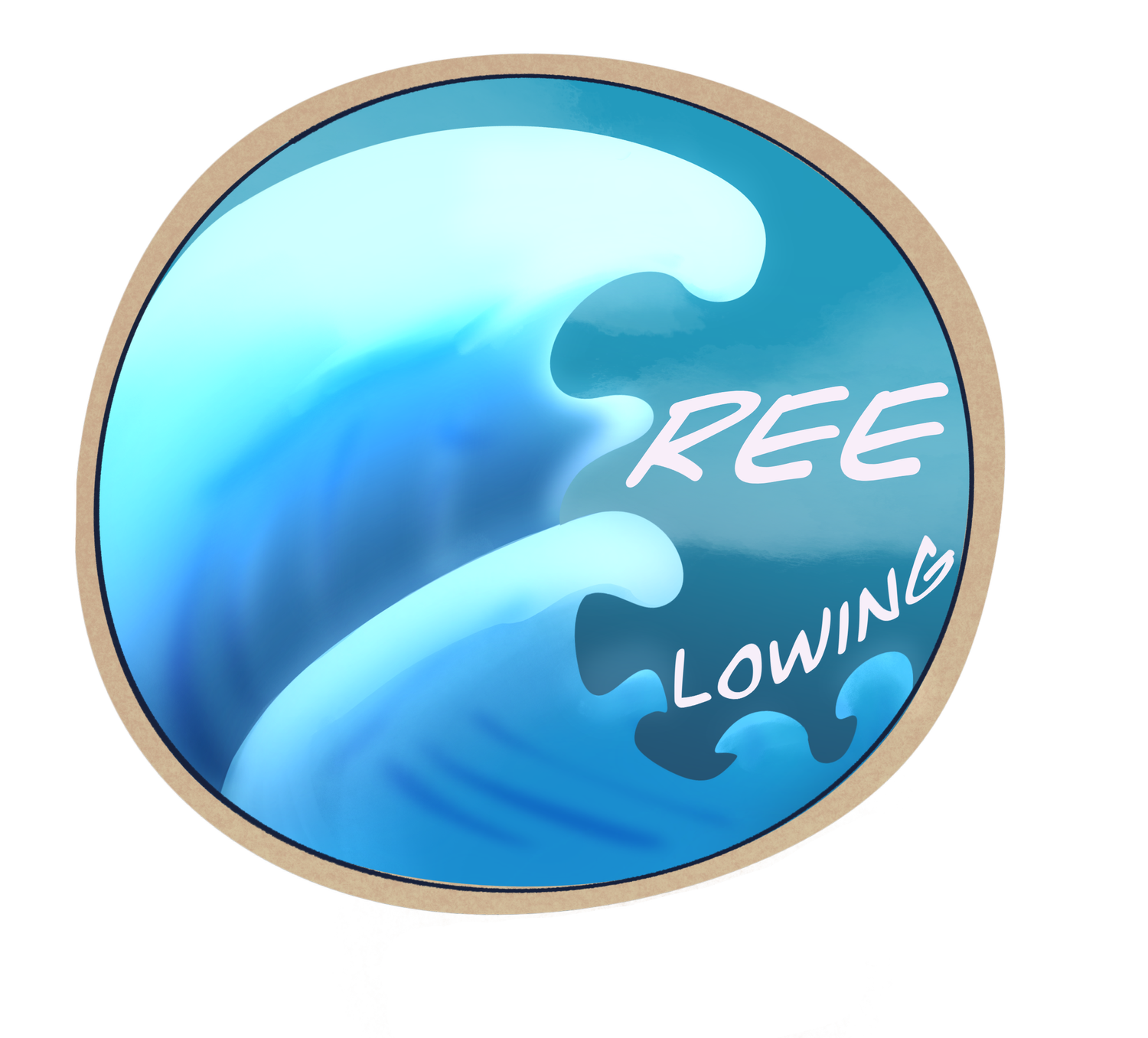
Click Below To Go Back To
Combat is hard to run no matter who you are and not everybody has the most optimal mindset for running battles in Free Flowing. Some DMs don’t understand what combat is about and end up making decisions that can compromise the fun of players and even themselves.
The aim of Fat Man’s Guide To Bad Guys helps to push people in the right direction. I’m not going to give you a list of bad guys to pick and choose from cause that’s lame. What this guide will do is give advice and some ground rules for bad guys that you can refer to when you’re having trouble balancing and improvising.
Fat Man’s Guide To Bad Guys!
Just like with the roleplay nature of Free Flowing itself, Combat should never just be about how high you roll on your damage dice. Health is a tool for roleplay and nothing more. D&D is not a video game and fighting in the system should be more about cool decisions and dramatic action instead of sitting in the same two spaces the entire time and rolling attack after attack. As a Free Flowing DM, encourage movement.
A good combat takes place all around the presented setting of a combat.
In an open field, have the minions surrounding the party, trying to close them in and forcing the party to try and escape using their abilities.
In front of a castle, make use of the bridge or the gate. You could close the gate to lock in the players into the castle, pressuring them to act or you could destroy the bridge leading to the castle leading to a tense free fall.
The Best Mindset For Doing Combat
- Groups Of Enemies
Usually done with minions, you shouldn't have literally EVERY single member of a group of enemies roll an attack during a round of combat. There are two ways I handle groups.
I count a group of enemies as a giant single entity that has shared health and just one turn. Maybe they fire multiple times with little damage or fire a bunch of times with a lot of damage.
I divide up the group of enemies. I might divide them in half or fourths. Each division of enemies has its own health pool and turn. So, if I divide the group into thirds, there’s going to be three turns of them taking attacks at the party.
What I usually try to accomplish with groups of enemies is rounds of combat where, no matter what, everyone in the party is getting targeted with an attack. I do this to pressure the players into making decisions to preserve their life or to come up with a strategy to take out the group as quickly as possible.
- Terrain Based Combat
Sometimes the point of a battle isn’t to defeat all the enemies, it’s just to survive the environment. My advice is that the terrain should fuck with the players and the enemies. If the terrain is icy, then the players and enemies should be having trouble moving around. If it’s on a rocky cliff where there's' spikes everywhere, you should be rolling enemy saving throws in the background to see if any of them die of stupidity.
- Player Death
Your objective as a DM should never be to target a player just to kill them. Death can happen in combat, but that shouldn’t be the goal unless it’s the final combat of the campaign. The frequent threat of death is supposed to pressure players into truly caring about their character’s safety. I’m not saying you’re a bad DM if a player does die, but your goal should be making the players feel cool.
Specific Examples
Just like with the roleplay nature of Free Flowing itself, Combat should never just be about how high you roll on your damage dice. Health is a tool for roleplay and nothing more. D&D is not a video game and fighting in the system should be more about cool decisions and dramatic action instead of sitting in the same two spaces the entire time and rolling attack after attack. As a Free Flowing DM, encourage movement.
A good combat takes place all around the presented setting of a combat.
In an open field, have the minions surrounding the party, trying to close them in and forcing the party to try and escape using their abilities.
In front of a castle, make use of the bridge or the gate. You could close the gate to lock in the players into the castle, pressuring them to act or you could destroy the bridge leading to the castle leading to a tense free fall.
Bad Guy Guideblocks
Term for when I’m talking about a bad guy feature that specifically scales to how many people are currently in the party.
An encounter should always be scaled to the party’s current conditions, that way you can have your encounters be exactly how you want them to be.
Examples of Party Scaling include “for every party member there is, give them an extra attack” or “for every party member there is, they have 10 more health.” That way, if someone doesn’t show up, you’re plans aren’t completely fucked.
⭐Party Scaling (PS)
Health: Pretty low, should be around 1 shot range, like 5-10
Normal Minion
Armor Class: Pretty low, around 10 to 11 range
Stats: +0s
Advice: No matter what, normal minions should never be the true focus of a combat. If they are, then it’s because they’re so fucking many of them that it doesn’t matter if they’re killed in one attack from a player.
Health: Slightly higher than normal minion, around 20 instead of 10. Maybe they’re killed in 2-3 hits instead of 1.
Special Minion
Armor Class: Little higher than normal minion, around 12
Stats: Make their main rolls +2, damage and breaking ac.
Advice: These are the diamonds in the rough minions that actually force the party to use their brain. With normal minions, they run at you and try to kill you. However, a special minion should do something more unique.
For example, instead of running right at a player like a normal minion, maybe they use something on their person to give them a better edge like ripping up some floorboards to shield themself slightly.
Health: Health is pretty much the same as a special minion, maybe barely higher.
Leader Of Minions
Armor Class and stats:
Refer to the special minion block
Advice: Their role is rallying whatever amount of normal minions you have. They’re like the generals of a platoon of soldiers, making up for the normal minions' lack of intelligent attacks. On their own, they’re not really powerful, at the same strength of the special minions. However, it’s their leadership that will make them a challenging obstacle in combat.
Health: PS, 10 health for every player
Average Bad Guy
Armor Class: A solid 14 or 15, makes them auto more powerful than the minions
Stats: +Should be either +2 or +3, should have at least 2 attack actions
Advice: The difference between a bad guy and a minion is that a bad guy can be the center of an encounter on their own.
Separate them from minions by giving them goals and personality. These guys are pretty bad and powerful, making their attacks intelligent and meaningful. In other words, they won’t fall for tricks that normal minions would.
Health: PS, 20 Health For Every Player
Special Bad Guy
Armor Class: Solid 18, could be higher or lower
Stats: Range of +2s to +4s, nothing lower or higher. They should have 1 legendary action
Advice: Not too much more powerful than normal Bad Guy. Set them apart from a normal Bad Guy through personality and ambition.
Health: PS, 30-50 Health For Every Player
Super Big Bad Guy
Armor Class: At least 20
Stats: +5s, nothing lower than +2 They should have 3 or 4 attack actions
Advice: This should be a guy that fucks up the party, I mean every other round someone is on Death’s Door. Super Big Bad Guys should be an example of a deadly encounter.
Super Big Bad Guys are probably only a few steps down from the actual BBEG of your story.
Health: PS, 100 Health For Each Player
The Big Bad Evil Guy (BBEG)
Armor Class: Above 20, but lower than 30. Base their armor class off the bonuses the players have.
Stats: Dude they should be jacked, +5s at the minimum for most things, should be higher if you want BBEG to be powerful
Advice: THIS IS THE GUY OF YOUR CAMPAIGN. They need to have a presence, they need to go for shit in combat no other bad guy would go for. They need to talk the shit, have the power to back it up tenfold bro. You should aim to kill your players with this bad guy dude. Make the party fear them with their powers and their personality.
Everyone in the party should be afraid and dread whenever you say it’s this guys’ turn.
Special Enemy Attacks
Go for some crazy shit with the special enemies. Give them damage dice according to the health of everyone in the party. Also, be creative with what they could do.
If there’s a special bad guy triton, have him manipulate water towards the party. Maybe a water whip they have to dodge or if they get grappled he could try to drown them.
Make sure special enemy attacks aren’t just the regular “I try to hit the player with my weapon,” go for creative maneuvers that the players will remember.
Legendary Actions are a type of special action that some of the enemy types have access to. They can be taken either on their turn or after someone else’s turn ends.
An enemy can have up to 3 legendary actions per round. However, not all random bad guys should have them, Legendary Actions should be reserved for really important enemies, not random schmoes. They get their actions back at the start of their next turn.
You can do the following with a legendary action:
- Move up to your walking speed
- Make an attack or some other type of action
- Use a special move (Costs 2)
- Like a roar from a dragon that scares the players or
a super attack that does way more damage than their
normal moves.
Not all legendary actions are just taking an ordinary action, you could give your bad guy a super powered move that takes up some of the max LAs they have per round.
Legendary Actions
Legendary Resistances are a resource that some bad guys have to avoid a powerful effect a player uses on them. Legendary Resistances lets a bad guy automatically succeed on a saving throw imposed on them.
Enemies can vary around 1 to 3 legendary resistances per day, you don’t get them back by the start of your next turn.
Use them if a player does some dumb shit like “I want to control the big bad guy” or “I want him to go to sleep”
Legendary Actions
Lair Actions are separate from the bad guy themselves. They automatically happen at the end of each round and involve the fighting setting itself.
Examples Of Lair Actions Include:
- If the party is fighting in a graveyard, as a lair action some of the graves shake and skeletons rise from the ground.
- If the party is fighting in the evil lair of some mastermind, a spike trap appears under a player’s feet and they have to roll an acrobatics save.
Lair Actions only happen once at the end of each round.
